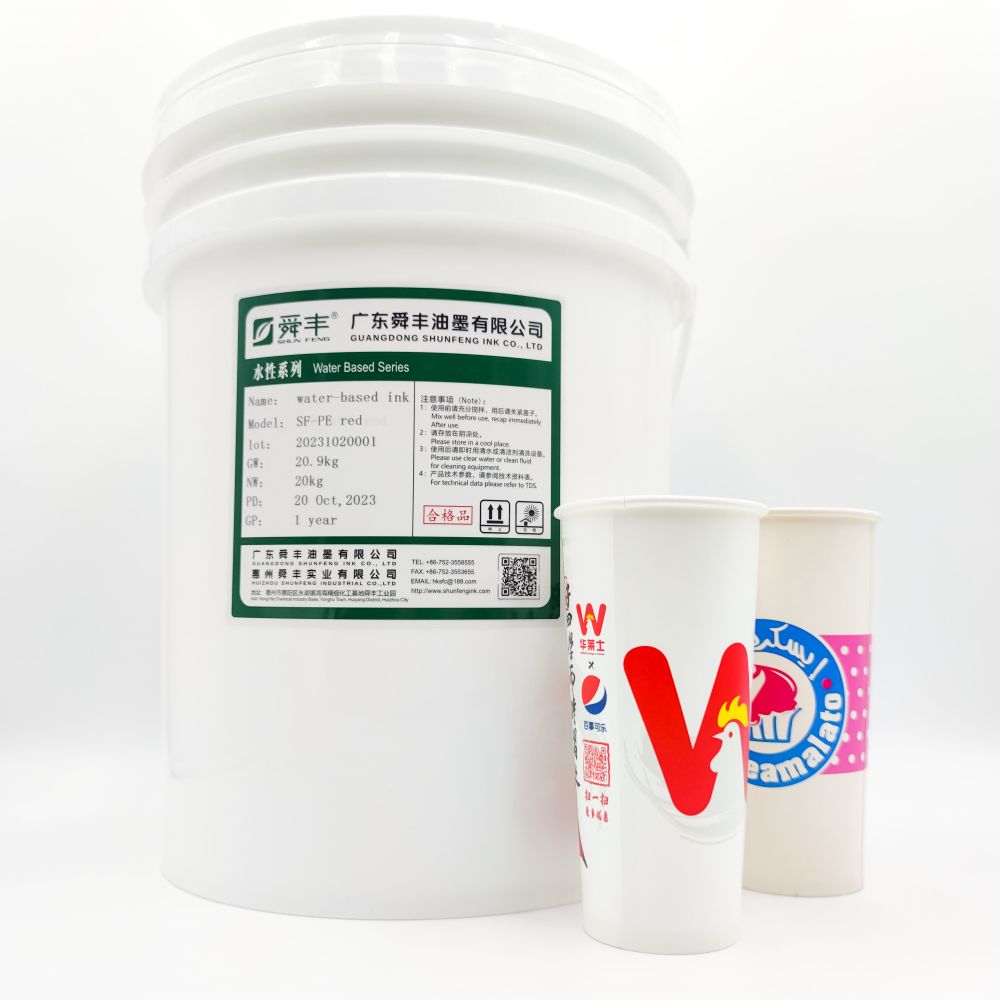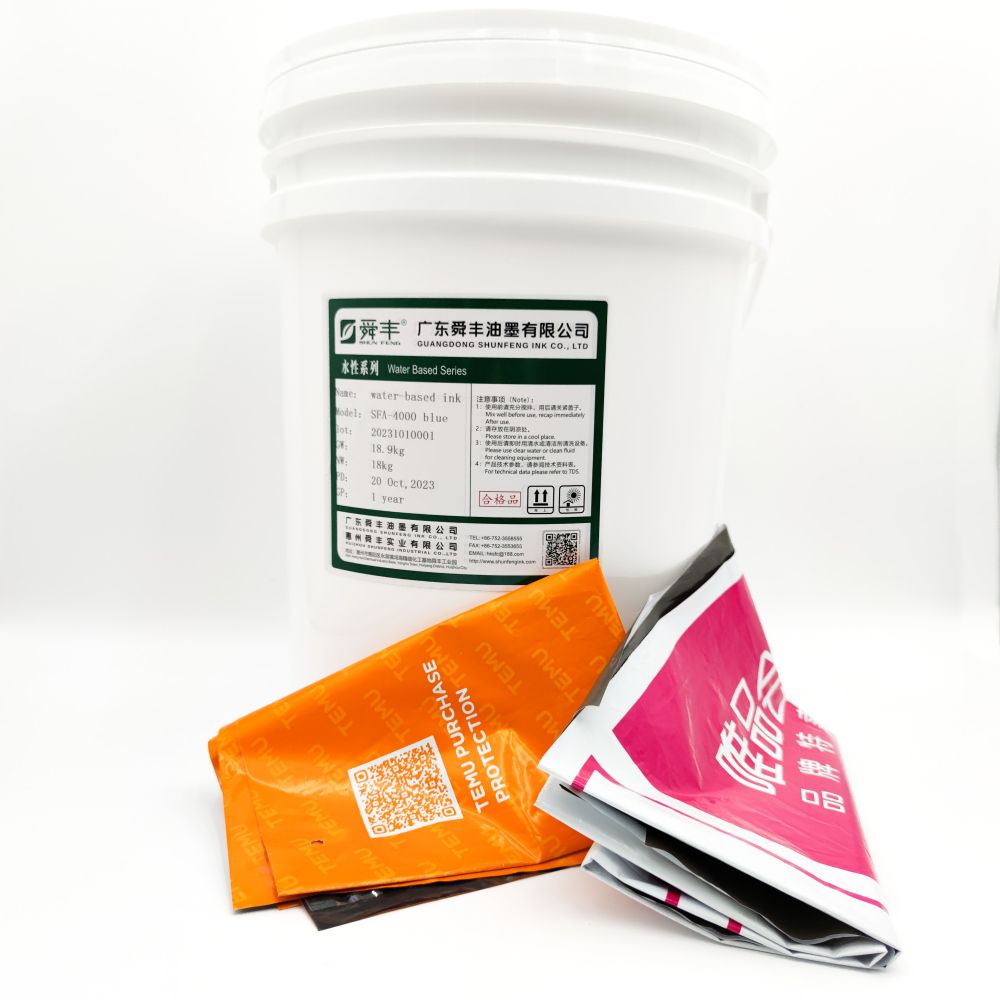Common Printing Defects in Flexible Packaging Ink and Solutions
- Inspection of the Printing Substrate:
When issues such as ink skipping, white spots, orange peel texture, or poor adhesion occur, the surface tension and static electricity of the substrate should be checked first. If the surface tension is below 35 dynes, the ink adhesion will be significantly reduced. Excessive static electricity can cause orange peel, ink spots, or ink whiskers, while overly fast ink drying may lead to plate clogging, resulting in skipped areas or white spots.
Recommendation: Perform surface treatment on the substrate and install static elimination equipment. Increase humidity and use slow-drying solvents to adjust the ink drying speed. Diluting the ink may improve printing speed and achieve better results.

- Adjustment and Adaptation of the Doctor Blade:
If the doctor blade does not completely clean the ink from the gravure cylinder, or the ink thickens in the ink tray, defects like incomplete inking, smudging, or streaking may appear. These problems are usually related to ink viscosity and the angle or pressure of the doctor blade. If the issue persists even after adjusting the blade, it may be necessary to replace the ink or thinner.
Recommendation: Replace the thinner or ink and readjust the blade angle and pressure.
- Solvent Purity and Odor:
Low-purity solvents can increase the solvent residue and odor on printed products. The purity of the solvent can be assessed using the white paper strip test. If the strip changes color or there is a noticeable residual odor, the solvent is of insufficient quality.
Recommendation: Replace with higher-purity solvents or adjust the mixture accordingly.
- Impact of Solvent Ratios:
Different ratios of solvents can adjust the ink's drying performance, viscosity, and color density, which helps improve printing speed and print clarity. Proper adjustment optimizes ink viscosity, controls ink transfer, and adapts to varying printing speeds and ambient temperatures.
Recommendation: Select appropriate solvent ratios (fast-drying, medium-drying, or slow-drying) based on printing requirements.
UV ink, water based ink, UV flexo printing ink, UV offset printing ink, flexo ink, offset ink, flexo printing ink, offset printing ink











